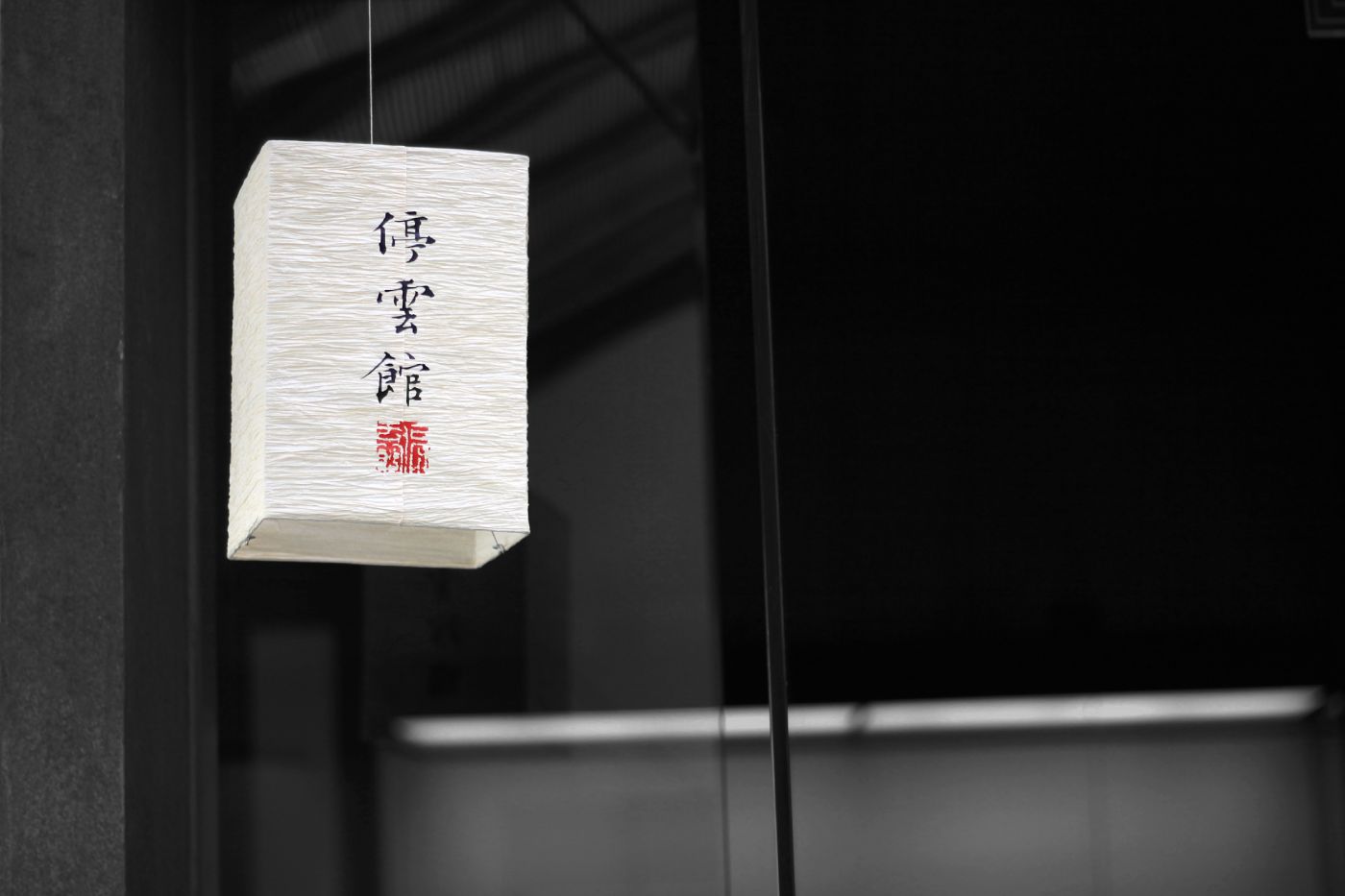The lion dance is always a highlight of the Chinese New Year celebrations. Here's when it's happening in the 2019 schedule.
Although the date of Chinese New Year falls on a Tuesday this year - February 5 2019 - the Durham city's Chinese New Year celebrations will take place at the weekend instead, on Saturday February 9. There's a whole host of activities planned, from school music performances to traditional craft workshops and stalls. You can read the full itinerary in our story on the Chinese New Year activities. But undoubtedly one of the keys events that everyone looks forward to is the fantastic lion dance.
The Chinese New Year lion dance will be performed in Durham at 12.30pm on Saturday February 9, in Millennium Place in Durham. The lion dancers will then move on to perform at several other locations around the city in the afternoon, including Prince Bishops Shopping Centre, Elvet Bridge, Framwellgate Bridge, the Market Place and Walkergate Leisure. However, specific times have not been announced for these other locations, so if you're keen not to miss this highlight of Chinese New Year then it's probably worth heading to Millennium Place (near the Gala Theatre and Clayport Library) for 12.30pm to be sure of catching them.
Part of the fun will be seeing spectators catching pieces of lettuce thrown by the Durham Chinese New Year lion dancers.
Why will the lion dancers throw a lettuce?
Part of the traditional lion dance involves the lion 'eating' a lettuce. This is all about conferring good luck for the year ahead, and has its roots in the phonetic connections between the words for lettuce - or 'picking the greens' - and the words for good fortune, or prosperity. People would leave a lettuce for the lion outside their business, often containing a reward in a red packet for the lion dancers. After approaching it curiously, the lion eats the lettuce, then spits out the pieces. Catching a piece signifies good luck.
In times gone by, spectators would place obstacles in the way of the lettuce, or hang the lettuce up high so that only expert lion dancers would be able to reach it, possibly by climbing on each others' shoulders. This was all part of the spectacle - and the lion dancers would certainly have earned their reward.
